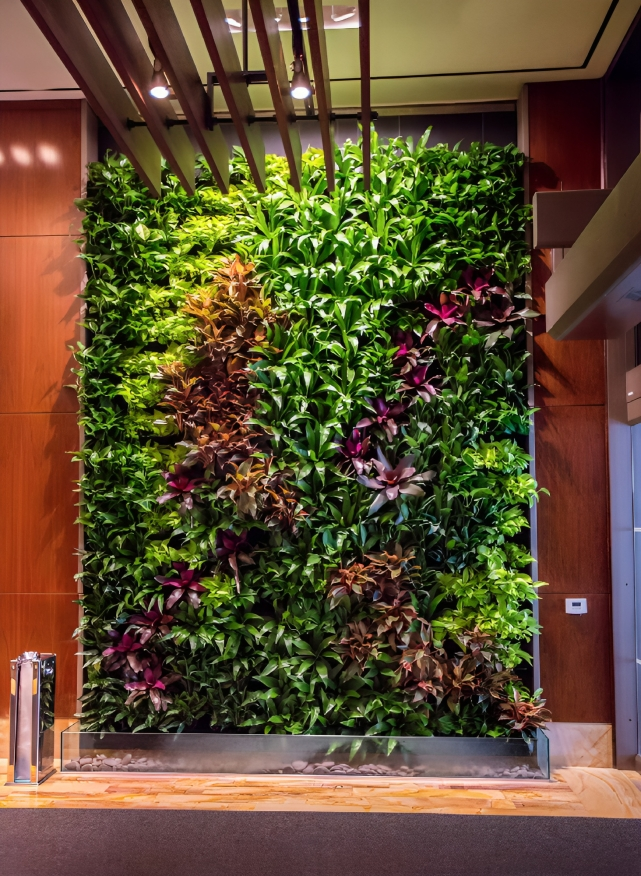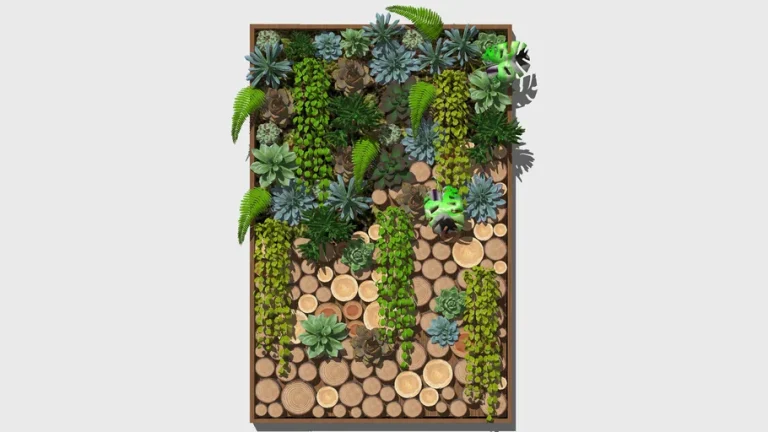The World of 3D View and Design for Innovative Creativity.
In the ever-evolving landscape of design and visualization, the concept of 3D view and design has emerged as a game-changer. As technology continues to advance, the ability to transform ideas into three-dimensional realities has become a cornerstone for architects, artists, engineers, and creatives across various industries. This article delves into the transformative power of 3D view and design, exploring its impact on creativity, problem-solving, and the overall design process.
The Evolution of Design
Traditionally, design processes were confined to two-dimensional representations on paper or screens. However, the advent of 3D view and design has shattered these limitations, offering a dynamic and immersive way to conceptualize, refine, and present ideas. The evolution from flat sketches to fully realized three-dimensional models has revolutionized how designers approach projects, fostering a deeper understanding of spatial relationships and form.
Enhancing Creativity
One of the most significant advantages of 3D view and design is its ability to enhance creativity. By providing a tangible representation of concepts, designers can explore their ideas in a more holistic manner. This not only fuels innovation but also allows for better communication of design intent. The ability to visualize projects in 3D from the outset sparks inspiration and empowers designers to push the boundaries of what’s possible.
Streamlining the Design Process
The integration of 3D view and design tools has streamlined the design process significantly. From architecture and interior design to product development, these tools enable designers to iterate rapidly, test ideas, and make informed decisions. This efficiency not only saves time but also ensures a more accurate representation of the final product, reducing the likelihood of costly revisions during the construction or manufacturing phases.
Collaboration and Communication
Effective communication is paramount in any design project, and 3D view and design tools facilitate clearer collaboration among team members. With realistic renderings and interactive 3D models, stakeholders can better grasp the designer’s vision. This not only fosters a more collaborative working environment but also ensures that all parties involved are on the same page, reducing the risk of misunderstandings.
Applications Across Industries
The impact of 3D view and design extends across a myriad of industries. Architects use it to visualize buildings and spaces, product designers bring prototypes to life, and game developers create immersive virtual worlds. From healthcare simulations to educational tools, the applications are vast and varied. The adaptability of 3D view and design ensures its relevance in a rapidly changing technological landscape.
Accessible Tools for All
With advancements in technology, 3D view and design tools have become more accessible to a broader audience. User-friendly software and platforms empower individuals with varying levels of expertise to incorporate 3D elements into their projects. This democratization of 3D design tools opens new avenues for expression and problem-solving, enabling a diverse range of professionals and enthusiasts to harness the power of three-dimensional visualization.
Conclusion
The world of design is experiencing a transformative shift, and at the heart of this evolution is the concept of 3D view and design. From unleashing creativity to streamlining processes and enhancing collaboration, the benefits are undeniable. As technology continues to advance, embracing 3D view and design is not just a trend but a fundamental shift that empowers individuals and industries to visualize, create, and innovate in ways previously thought impossible.







